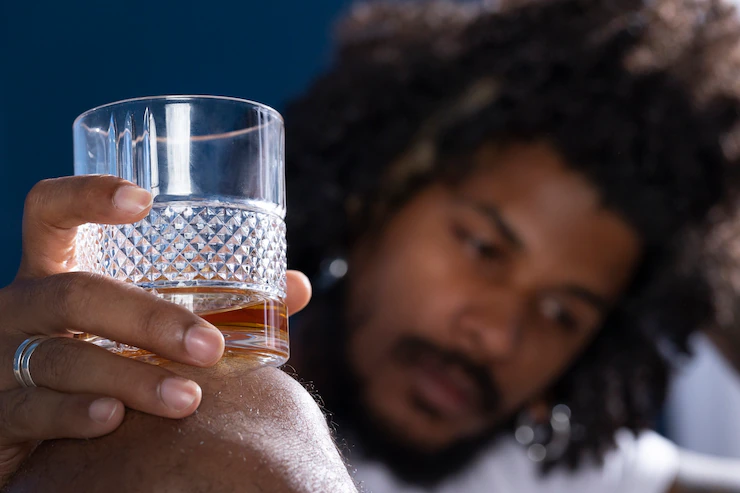Alcohol and drug use can have a significant impact on various aspects of health, including sexual health. Engaging in risky behaviors, such as unprotected sex or multiple sexual partners, under the influence of alcohol or drugs, can increase the risk of contracting sexually transmitted infections (STIs). In this article, we will explore the relationship between alcohol and drug use and the increased risk of STIs, as well as discuss strategies for reducing this risk.
- Impaired Judgment and Decision-Making: Alcohol and drug use can impair judgment and decision-making abilities. When under the influence, individuals may be more likely to engage in risky sexual behaviors, such as having sex without a condom or engaging in casual or anonymous sexual encounters. Impaired judgment can lead to a lack of consideration for personal boundaries and safe sex practices, thereby increasing the risk of STI transmission.
- Decreased Inhibition: Alcohol and certain drugs can lower inhibitions and increase sexual desire. While this can enhance the pleasurable aspects of sexual experiences, it can also lead to engaging in sexual activities without proper precautions. Under the influence, individuals may be less likely to negotiate condom use, discuss sexual histories, or make informed decisions regarding their sexual health.
- Increased Sexual Activity: Alcohol and drug use can also lead to increased sexual activity. Substance use may enhance libido and reduce inhibitions, resulting in individuals engaging in sexual encounters with multiple partners. This increased sexual activity, particularly without the consistent use of barrier methods, raises the likelihood of exposure to STIs.
- Substance Use and Risky Sexual Networks: Alcohol and drug use can contribute to the formation of social networks that engage in risky sexual behaviors. These networks may involve individuals who are more likely to have multiple sexual partners, engage in unprotected sex, or have a higher prevalence of STIs. Being part of such networks increases the risk of STI transmission, as individuals may unknowingly encounter someone with an undiagnosed infection.
- Impaired Immune Response: Substance use, particularly chronic and heavy alcohol consumption, can weaken the immune system. A compromised immune system is less effective at fighting off infections, including STIs. This weakened immune response can increase the severity and duration of STI infections and potentially lead to more significant health complications.
Reducing the Risk:
To minimize the risk of STIs associated with alcohol and drug use, consider the following strategies:
- Awareness and Education: Raise awareness about the link between substance use and risky sexual behaviors. Educate individuals about the potential consequences of impaired judgment and decision-making, as well as the importance of practicing safe sex.
- Open Communication: Encourage open and honest communication with sexual partners about expectations, boundaries, and the use of protection. Discussing sexual histories and STI testing can help make informed decisions regarding sexual health.
- Safer Sex Practices: Consistently practice safer sex by using barrier methods, such as condoms, during sexual encounters. Condoms are highly effective at reducing the transmission of most STIs when used correctly and consistently.
- Moderation: If choosing to consume alcohol or use drugs, do so in moderation. Limiting substance use can help maintain better judgment and decision-making abilities during sexual encounters.
- Support and Resources: Ensure that individuals struggling with substance abuse have access to support and resources. Substance abuse treatment programs, counseling services, and support groups can address underlying issues and help individuals make healthier choices in all aspects of their lives, including sexual behaviors.
In conclusion, alcohol and drug use can significantly increase the risk of contracting STIs due to impaired judgment, decreased inhibition, increased sexual activity, and weakened immune responses. By raising awareness, promoting open communication, practicing safer sex, and providing support for substance abuse, we can reduce the risk of STIs associated with alcohol and drug use and promote healthier sexual behaviors. It is essential to prioritize both physical and sexual health by making informed decisions and seeking help when needed.










